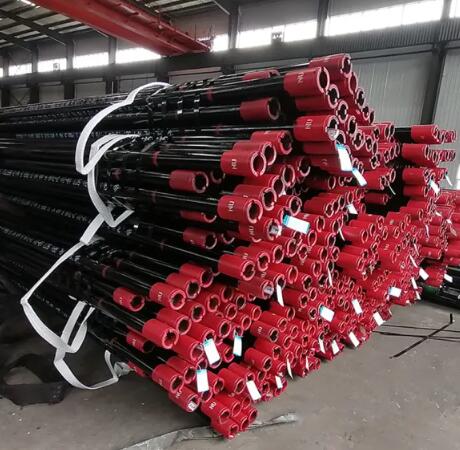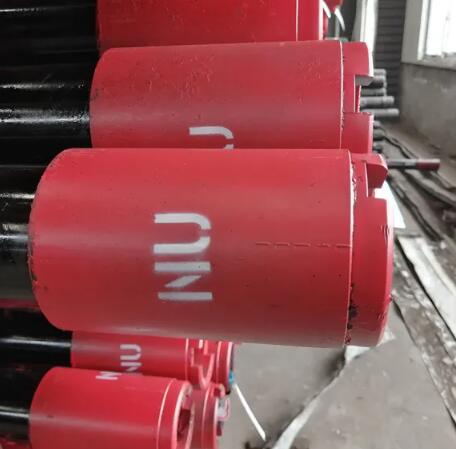OCTG tubes are a crucial component of the oil and gas industry, commonly used in drilling and exploration activities. This article provides an overview of what OCTG tubes are, their types, applications, and benefits.
OCTG Tubes

OCTG stands for Oil Country Tubular Goods, which are steel pipes used in the exploration and production of oil and gas. OCTG tubes come in a variety of sizes, strengths, and grades to meet the demands of different drilling and well completion environments. These tubes are essential components in the oil and gas industry, providing structural support to the wellbore and facilitating the extraction of hydrocarbons from the subsurface.
Types of OCTG Tubes
OCTG tubes come in three primary types: casing, tubing, and drill pipe. Casing is a steel pipe that lines the wellbore, providing structural support and preventing the collapse of the borehole walls. Casing also prevents oil, gas, or water from seeping into the wellbore from the surrounding formations. Tubing, on the other hand, is a smaller-diameter pipe that runs inside the casing, allowing the hydrocarbons to flow from the subsurface to the surface. Drill pipe, the third type of OCTG tubes, is used to drill the wellbore and transmit drilling fluid to the bit.
Applications of OCTG Tubes
OCTG tubes have various applications in the oil and gas industry, including drilling, completion, and production. During drilling operations, drill pipes transmit drilling fluid to the bit, facilitating the removal of rock cuttings and cooling the bit. Casing provides structural support and maintains the integrity of the wellbore during drilling and completion operations. Once the well is complete, tubing allows the hydrocarbons to flow from the subsurface to the surface, where they can be processed and refined.

Benefits of OCTG Tubes
OCTG tubes offer several benefits in the oil and gas industry. They are made of high-quality steel and manufactured to strict standards to ensure their strength and durability. This makes them suitable for use in harsh environments, such as high-pressure and high-temperature wells. OCTG tubes also help reduce the risk of well failure, which can have significant economic and environmental consequences. By preventing the collapse of the wellbore and the seepage of fluids from the surrounding formations, OCTG tubes help protect the integrity of the well and the surrounding environment.
In conclusion, OCTG tubes are a critical component of the oil and gas industry, providing structural support to the wellbore and facilitating the extraction of hydrocarbons from the subsurface. These tubes come in different types, including casing, tubing, and drill pipe, each with specific applications in drilling, completion, and production operations. OCTG tubes offer several benefits, including their strength, durability, and ability to withstand harsh environments. Their use helps reduce the risk of well failure, protecting the integrity of the well and the surrounding environment. With the increasing demand for oil and gas, the importance of OCTG tubes in the industry is expected to continue to grow, driving innovation and technological advancements in the sector. We are an OCTG tube supplier. If you are interested in our products, please contact us now!




Comments
Please Join Us to post.
0